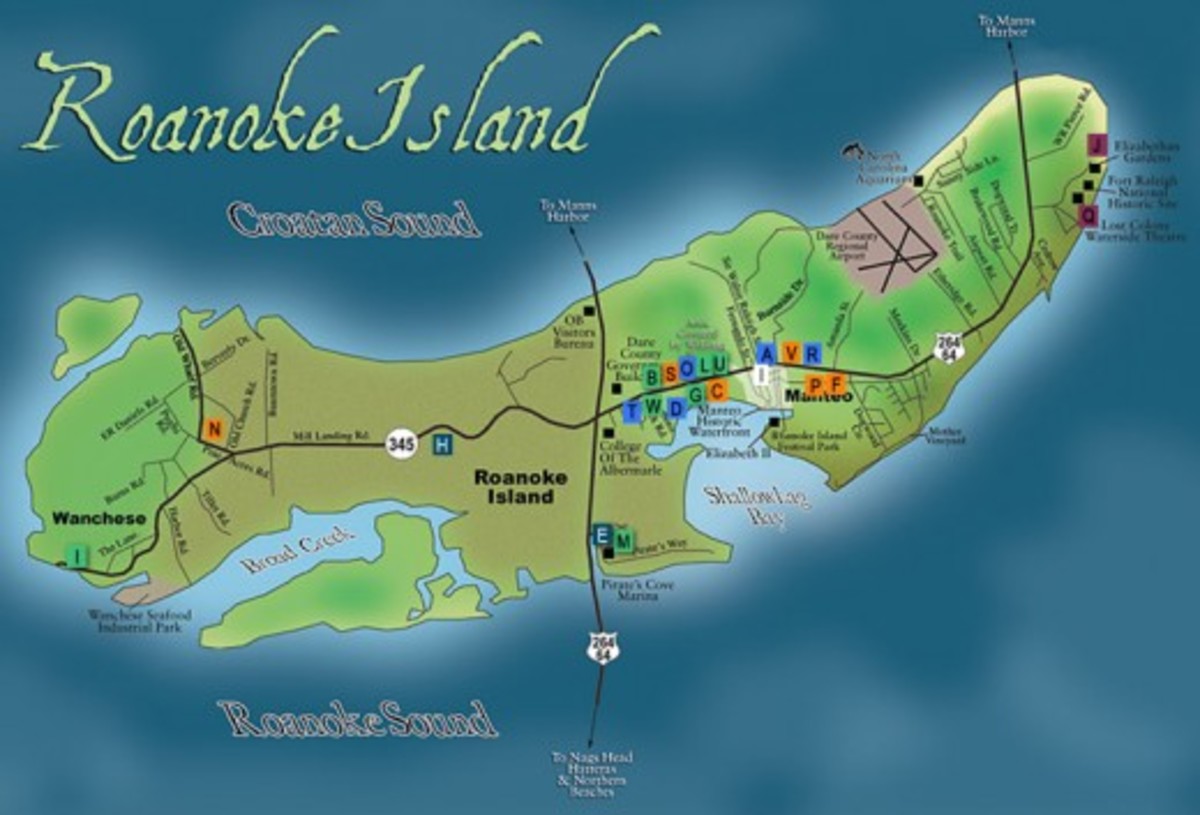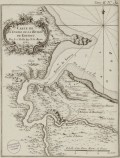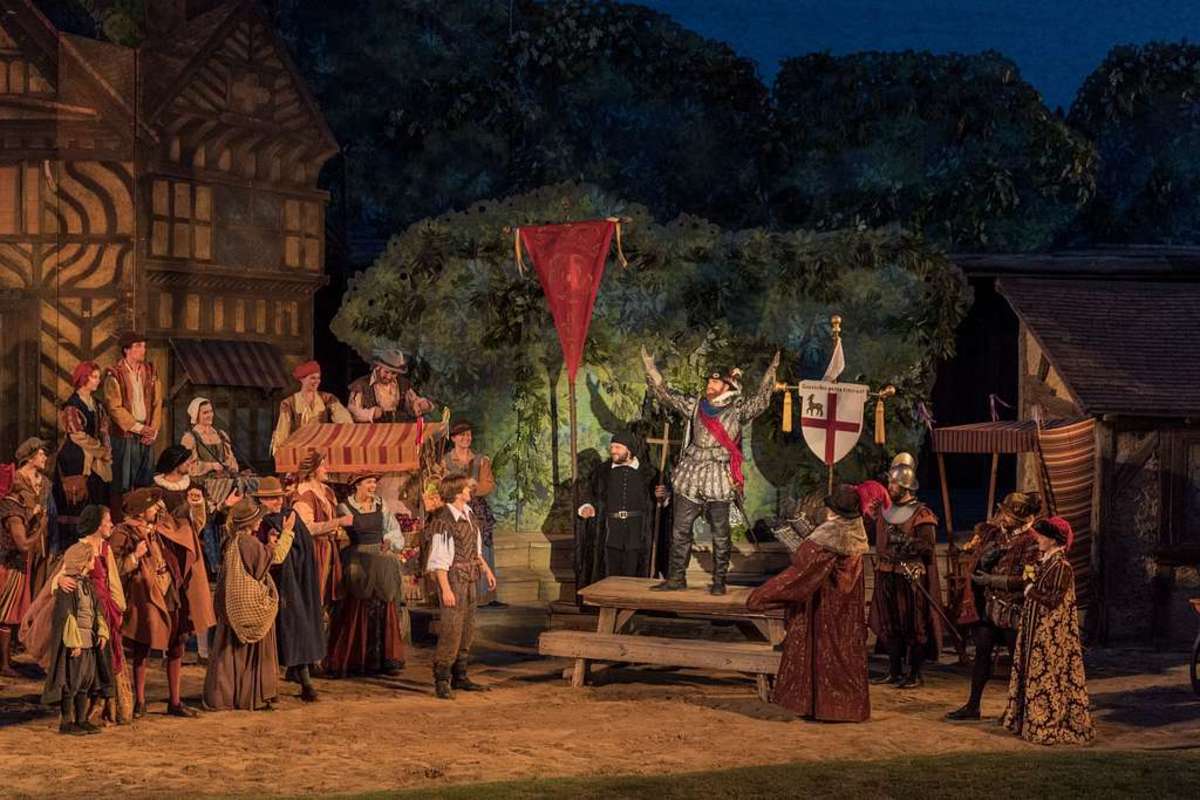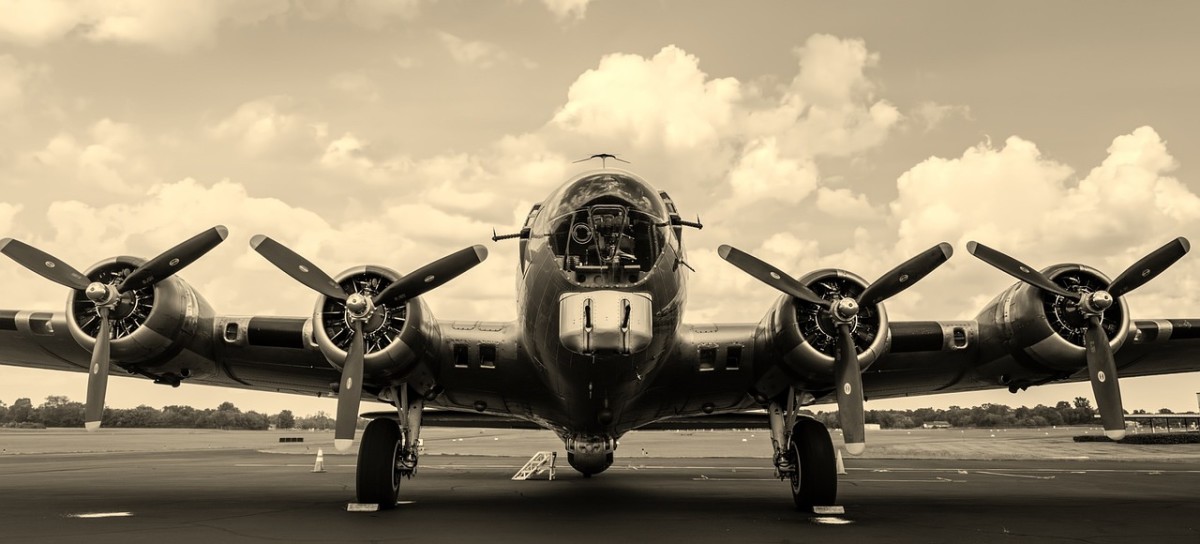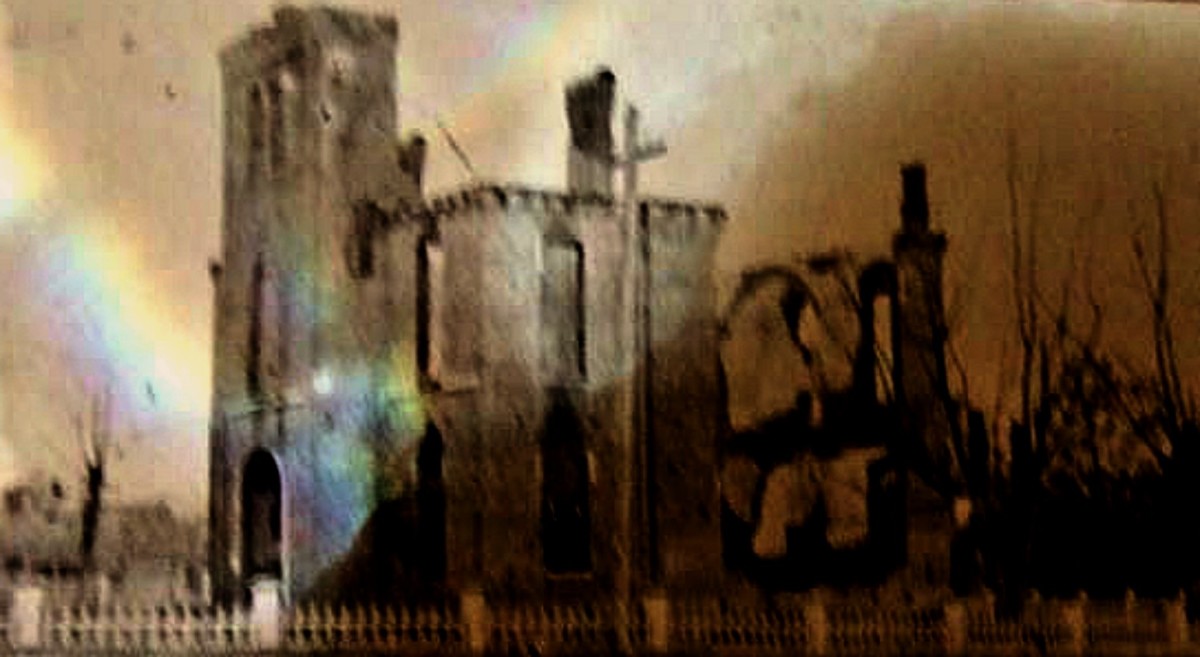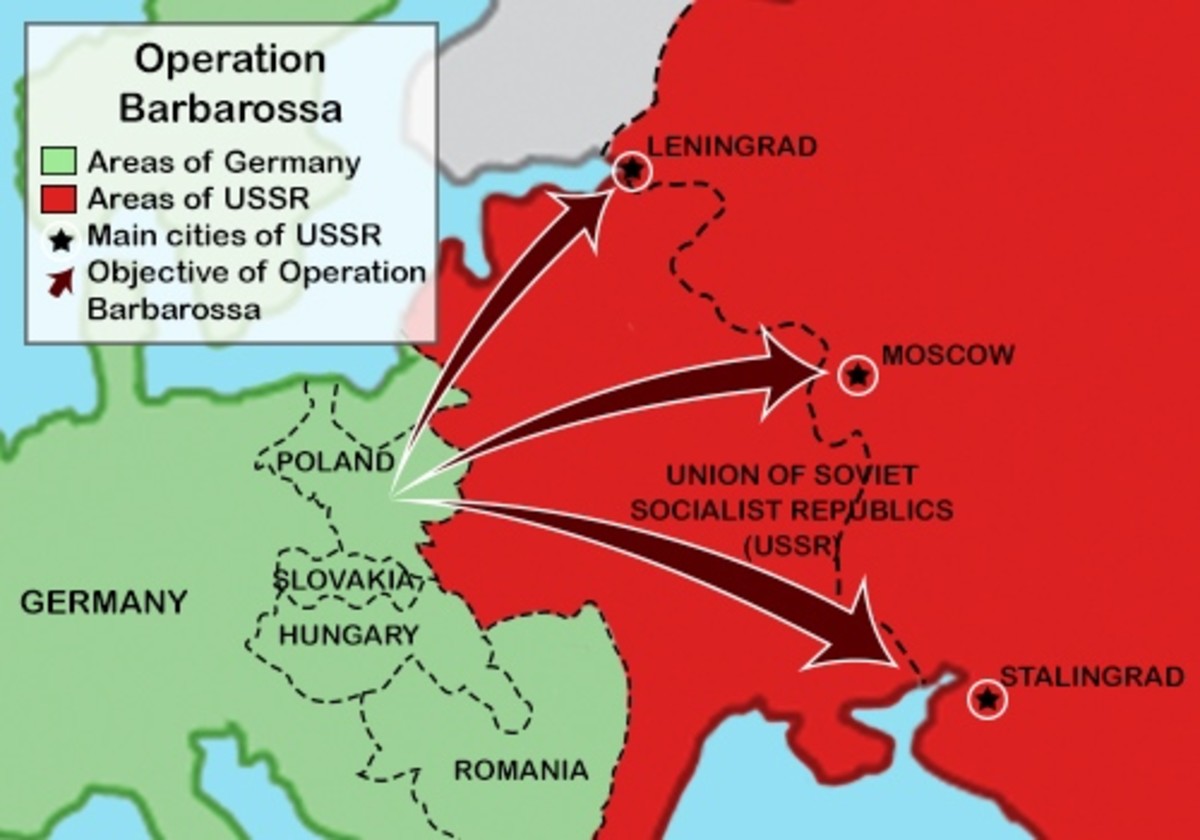Roanoke: the Lost Colony
Roanoke: America's Oldest Mystery
The disappearance of the first British settlement in America is one of the great unsolved mysteries. What happened to the people of the Roanoke colony?
Some of the people who played a part in arranging the settlement of the Roanoke Island are famous names of British history. Queen Elizabeth (Virgina was named after her because her nickname was "the Virgin Queen"); Sir Walter Raleigh (Mastermind and financial mainstay of the project); Richard Grenville (Who ferried the first Colonists to the settlement); Sir Francis Drake (Who rescued the original colonists from starvation).
The story begins with Walter Raleigh's half brother Sir Humphrey Gilbert. He was an explorer and adventurer and he obtained from Queen Elisabeth a charter to discover and colonize "remote barbarous lands". In 1583 he ventured almost his entire fortune in an attempt to explore parts of North America. His efforts met with repeated misfortunes and setbacks. He himself drown upon his return trip to England.
Walter Raleigh took up his half-brother's quest. Raleigh was a famous poet, soldier and statesman. He was a favorite of Queen Elisabeth and aspired to gain everlasting fame by spreading the Empire across the Atlantic. The Spanish already had a colony in America in Florida, (The British and Spanish were engaged in the equivalent of a cold war) and the British didn't want to allow Spain to claim sovereignty over the American continent. Financed by his own wealth and with the approval of the Queen, Raleigh arranged for a venture that would create a British settlement in the New World.
Early expeditions in 1584 led to the charting and of an area that was claimed for the British Empire as Virgina, named in honor of Queen Elisabeth, the Virgin Queen. Raleigh decided that it was time for a permanent colony.
Raleigh's cousin Richard Grenville, captain of the HMS Revenge, carried the agents of Walter Raleigh across the Atlantic in April 1585. They arrived in June. The group anchored off Virginia as they made preliminary explorations. They were impressed by "the huge and unknown greatness of the continent".
It was a very hard and dangerous mission to set up the new settlement.They dealt with the cold, lack of food and altercations with the Native American population. After some initial hostility, they started to trade with the local Indians.
They finally began to set up a permanent colony on the North end of Roanoke Island. (Named for the Roanoke Indians) The first Governor was named Lane and he ordered the building of a fort, simply called "the new fort". Today it is the site of the Fort Raleigh National Historic site. The simple dwelling houses of the colony were constructed near the fort but not within its boundaries because it wasn't big enough to accommodate everyone. They gave the appearance of a military encampment rather than a residential colony.
The colonists maintained a cordial relationship with the local Indian tribes. They came to be as dependent on the Indian tribes for supplies as they were on the British (Grenville occasionally went back to England to obtain necessities.) But Grenville didn't like the "heathen" Indians and didn't like being dependent on them. After an argument over a minor theft, Grenville burned down the Indian village of Aquascogok. After that, relations between the settlers and the indigenous population started to deteriorate. Eventually, no further supplies could be obtained from the locals. Once the colonists and Indians were at odds, the colonists found their animals traps and fishing traps robbed or destroyed.
Lane was force forced to send men searching for miles along the coast looking for oysters. The settlers avoided the Indians by hunting or digging for oysters as far north as Chesapeake (About 130 miles) and often returning empty handed. By June of 1586, open hostilities broke out between the two sides. The settlers had many casualties. And they were perilously short of food. Grenville was delayed in England on his latest supply run. The colonists were in a dire predicament and decided that they'd had enough.
Sir Francis Drake was near the coast of North America with a British Fleet of 23 ships, having just defeated and looted the Spanish in the west Indies. Drake's second-in-command Christopher Carleill was very interested in the colonial venture and suggested to Drake that they make a stop at Virgina for provisions so that Careill could get a personal look at the settlement. They arrived to find the settlers in a life-or-death predicament, their desire to continue the colony all but gone.
Drake offered them supplies, weapons, carpenters and even a number of battle-honed sailors to support the colonists battle with the Indians. Governor Lane considered remaining but the new supplies would only last for a month. The Indians were still angry and since a war with Spain seemed inevitable, Lane knew that future assistance from England would be sporadic and unpredictable. The cold weather would be coming soon. Weighing all the possibilities, Lane finally asked Drake to take them home.They abandon the colony in the summer of 1586.
Raleigh was unwilling to admit defeat and soon organized another colonial expedition.The new settlers were called "Planters" and this group consited of more women and children than the last one. The new expedition consisted of three ships and left Plymouthth on May 1587, arriving in June.
Despite the fact that the Indians were still hostile, the group made the strange decision to set up camp on the site of the same old Roanoke colony. The new Governor, White, abruptly attacked what he thought was a village belonging to Roanoke Indians but it was an error. The camp belonged to the peaceful Croatoan Indians who had come to bring corn and other supplies to the newcomers.
The first colonial birth took place in August when Virginia O'Dare was born. Soon after, Governor White had to sail home to England to obtain more supplies because the colony was running short of many necessities. He had planned to return as soon as possible but then war broke out with Spain, delaying any independent expeditions. Travel was restricted. Money was allocated to the war effort, not colonization. White wanted to return but couldn't.
Months passed, then a year. It wasn't until March 1590--almost three years since he left Virginia--that Walter Raleigh was able to convince the royal court to support a return trip to the New World. Protected by British ships, White arrived at Virgina on August 12 but didn't reach the colony site until the 17th. He'd been away for three full years.
From here on, the story becomes a mystery. They found the colony deserted. The little houses had been taken down and the area enclosed in a wall of tree logs.it was described as "fort-like". The bark of one of the largest trees had been peeled off and the word "Croatoan": was carved into it. However, the word was not accompanied by the Maltese cross (a sign of distress) that White had indicated the colonists to use if they were forcibly driven off. They found some heavy iron objects laying scattered about, and the place was overgrown with grass, indicating that it had been abandon for some time. The small boats that the colonists had used to travel the river were also gone.
There has never been an answer to the mystery of the lost colony at Roanoke. Were they killed? If not, where did they go? Where they driven off? Did the Croatoan Indians have anything to do with it, or was that where the settlers fled to for safety. (Future expeditions and contact with the Croatoan Indians provided no answers.) We may never know.


